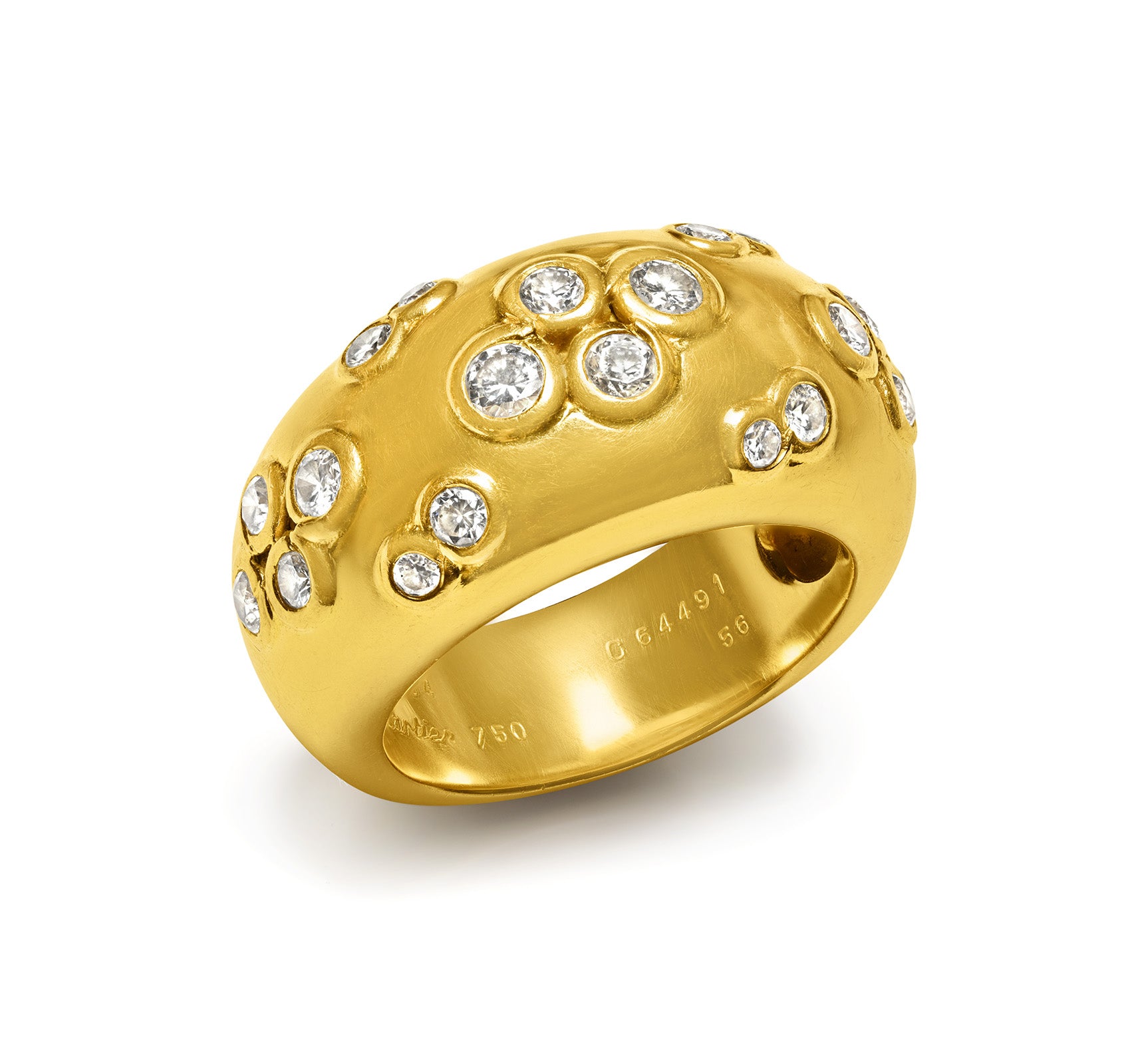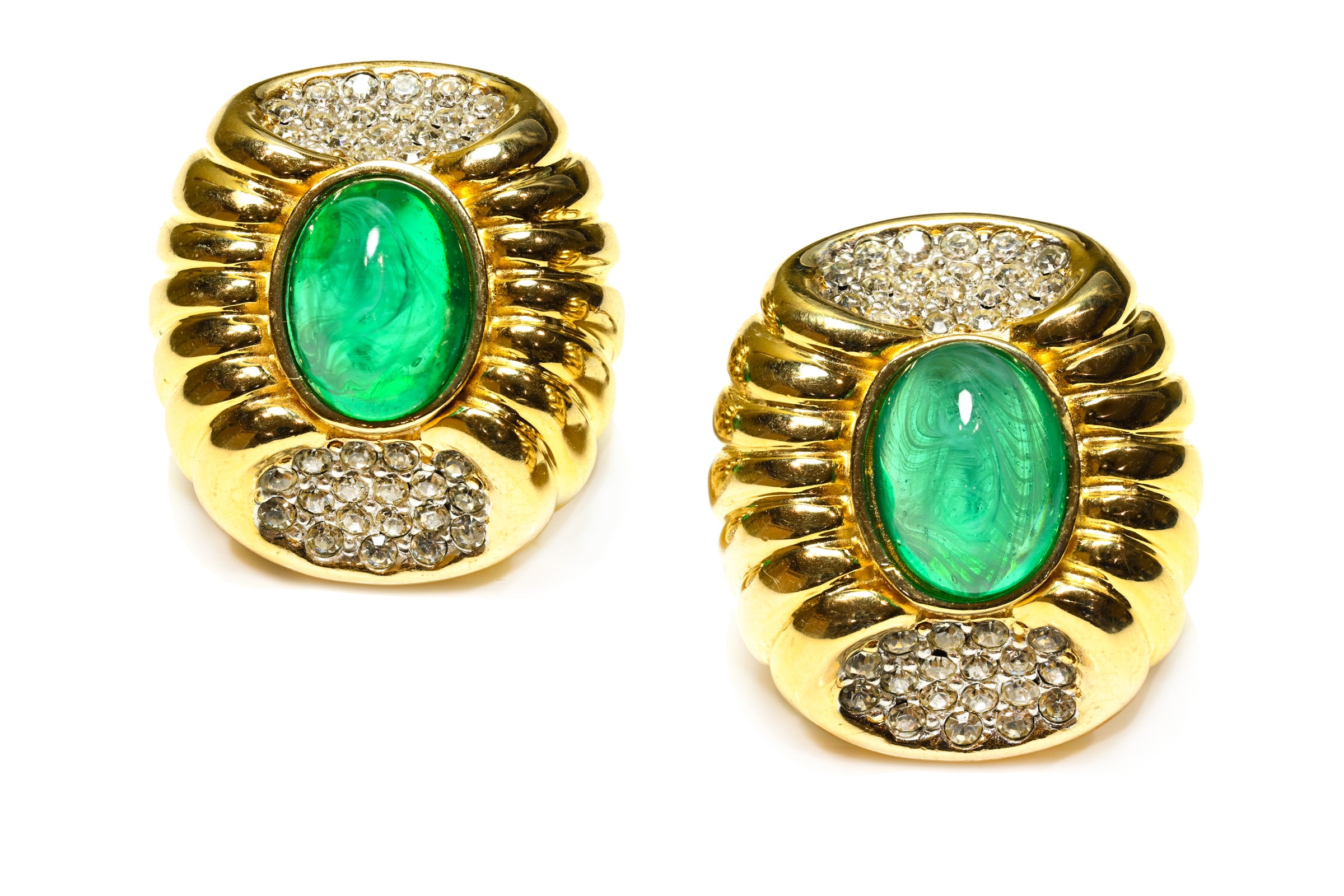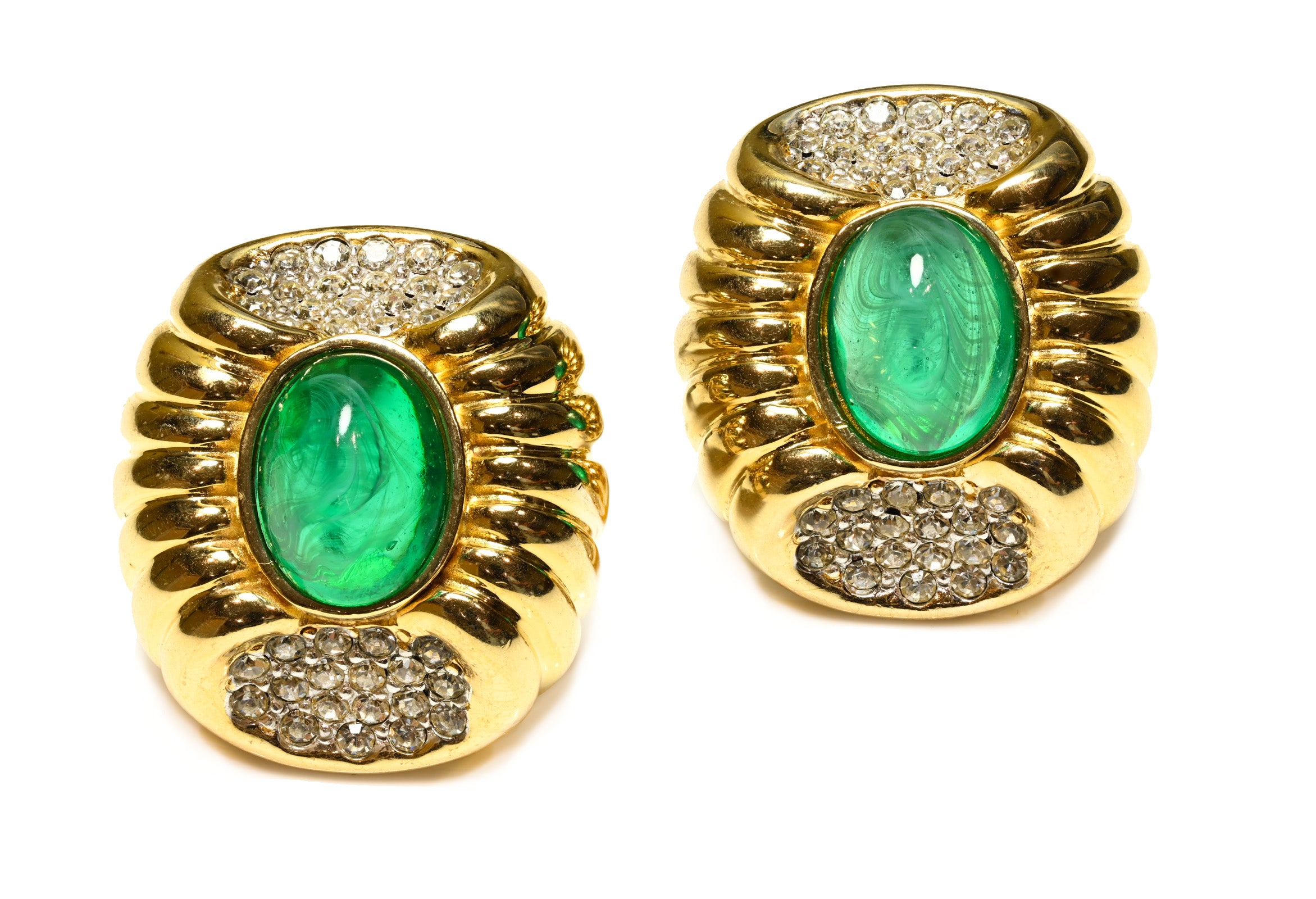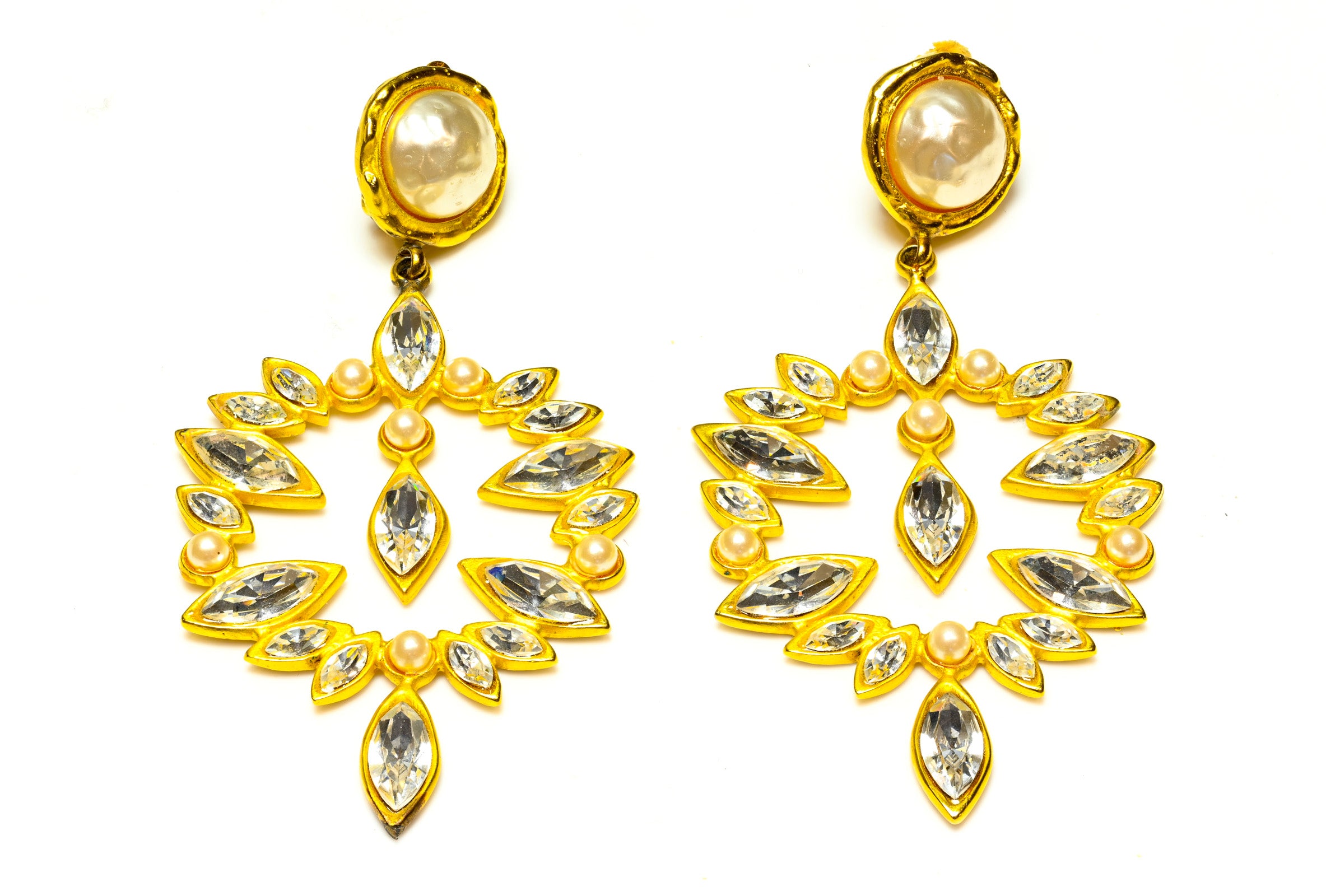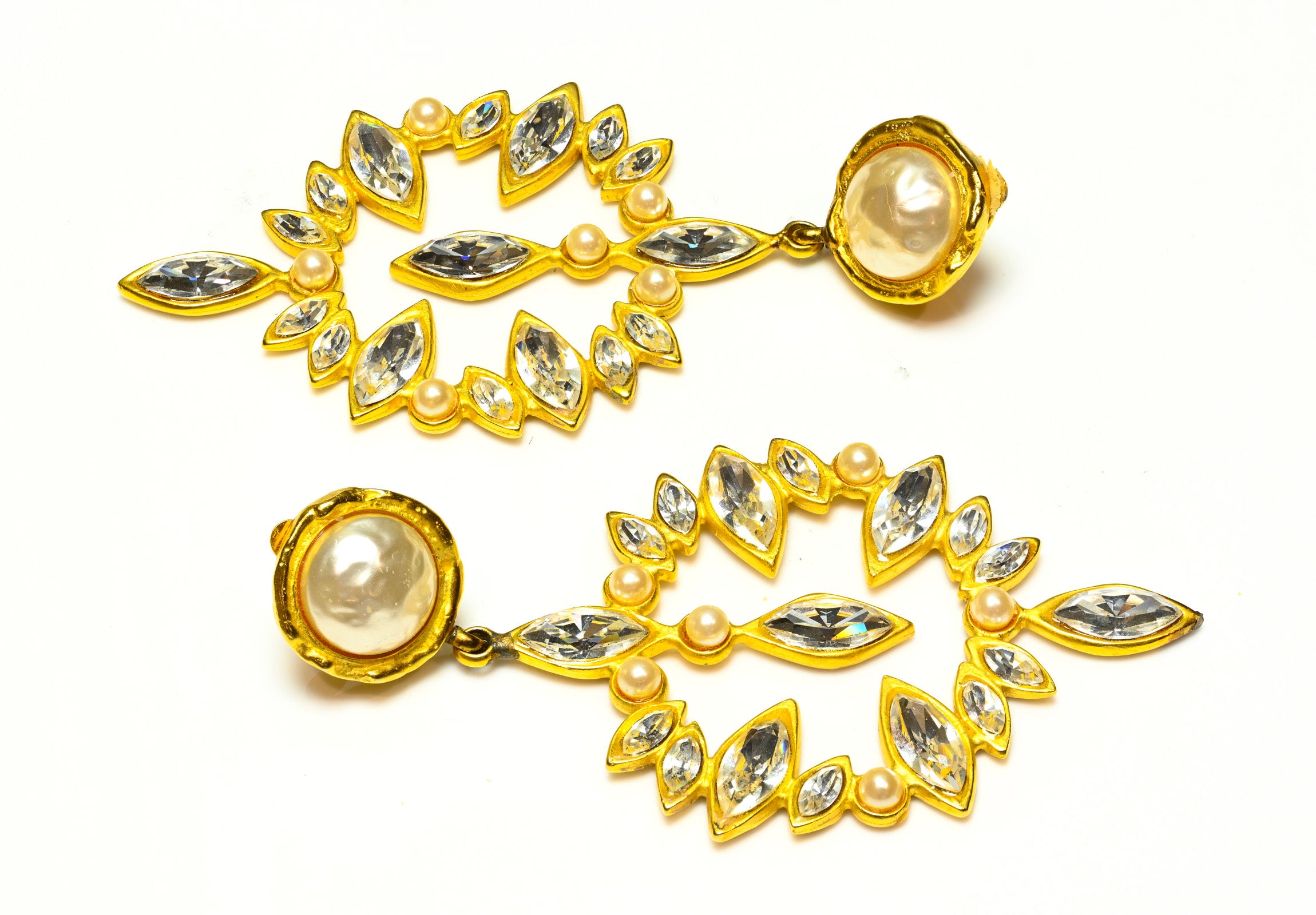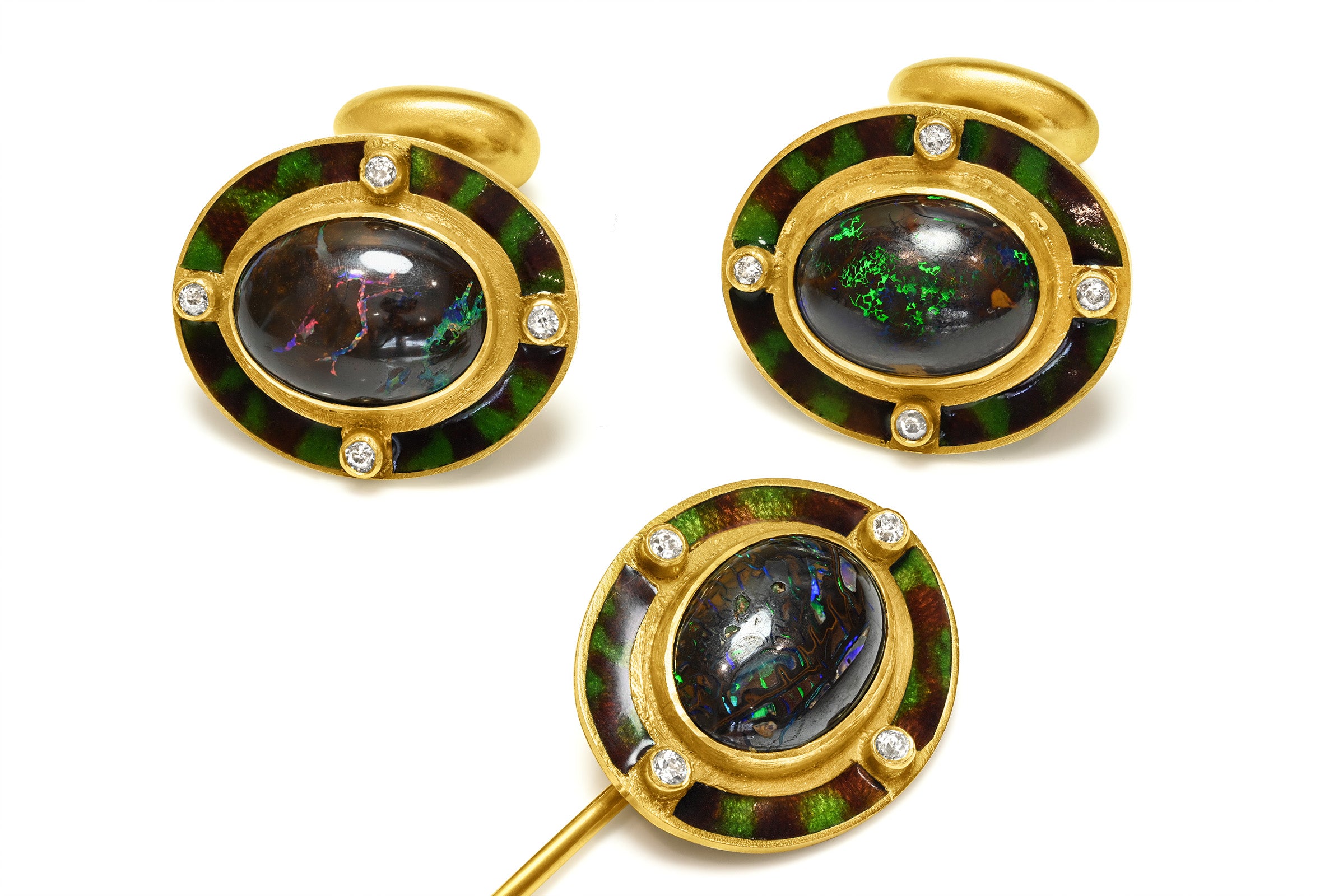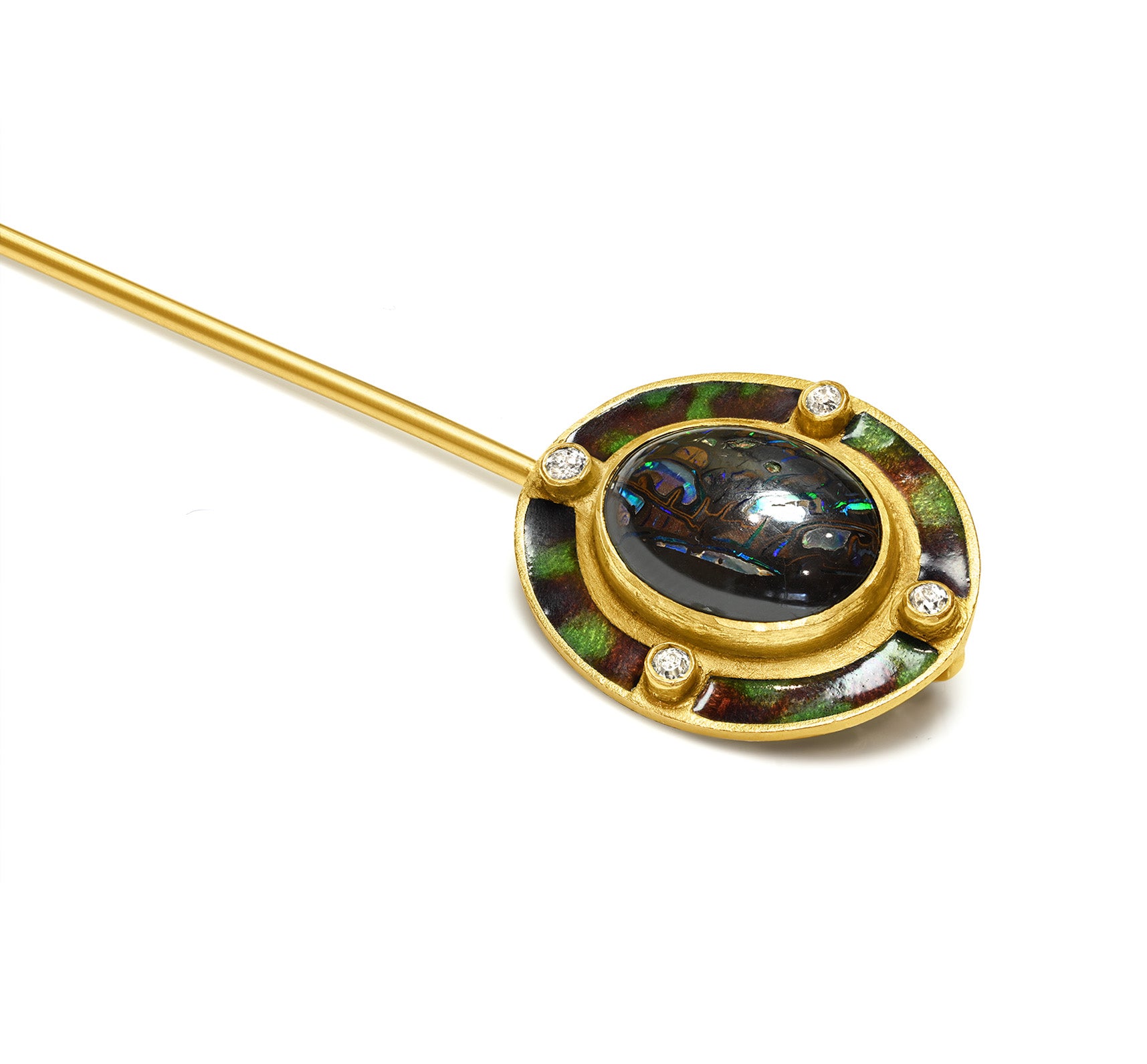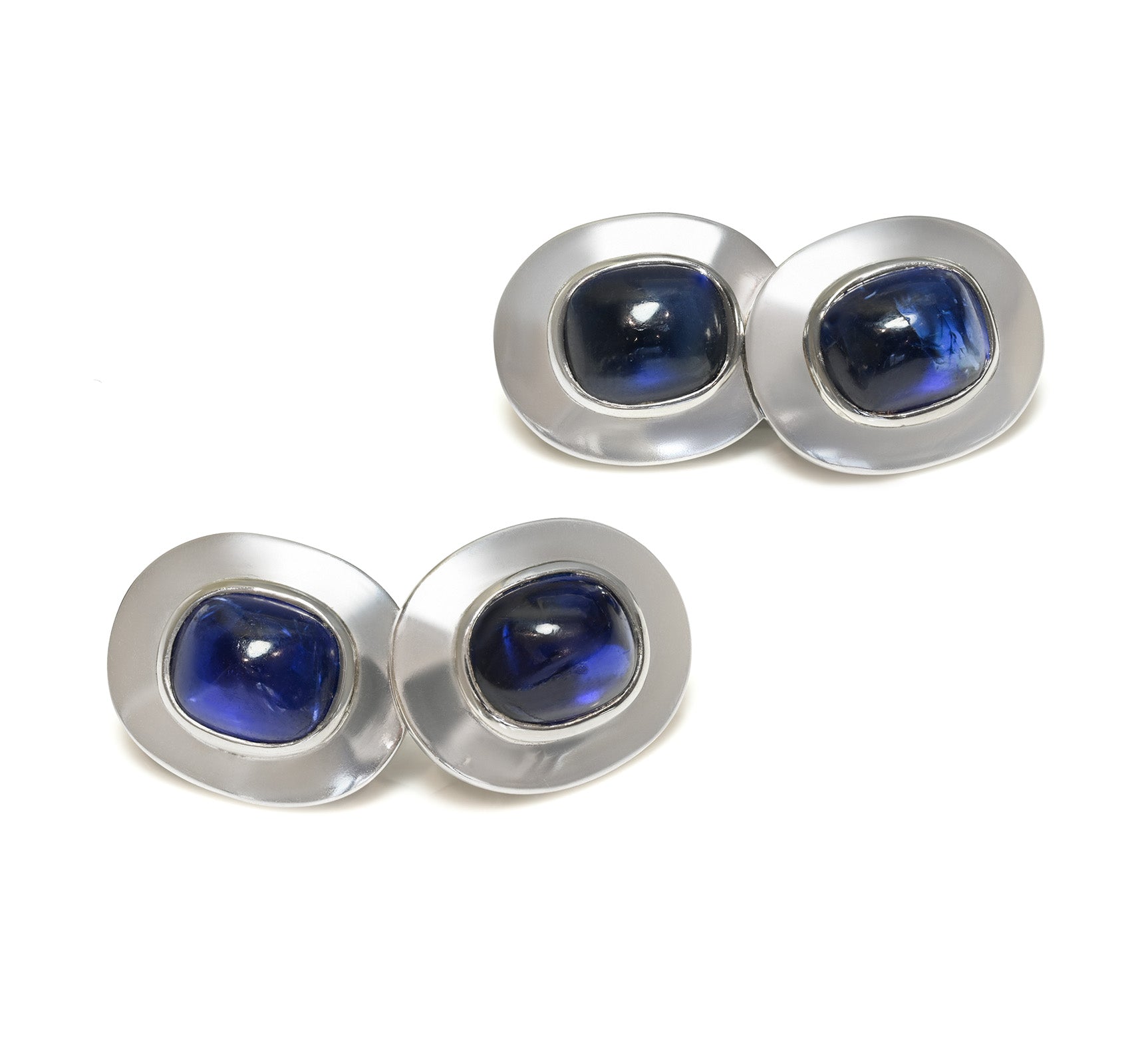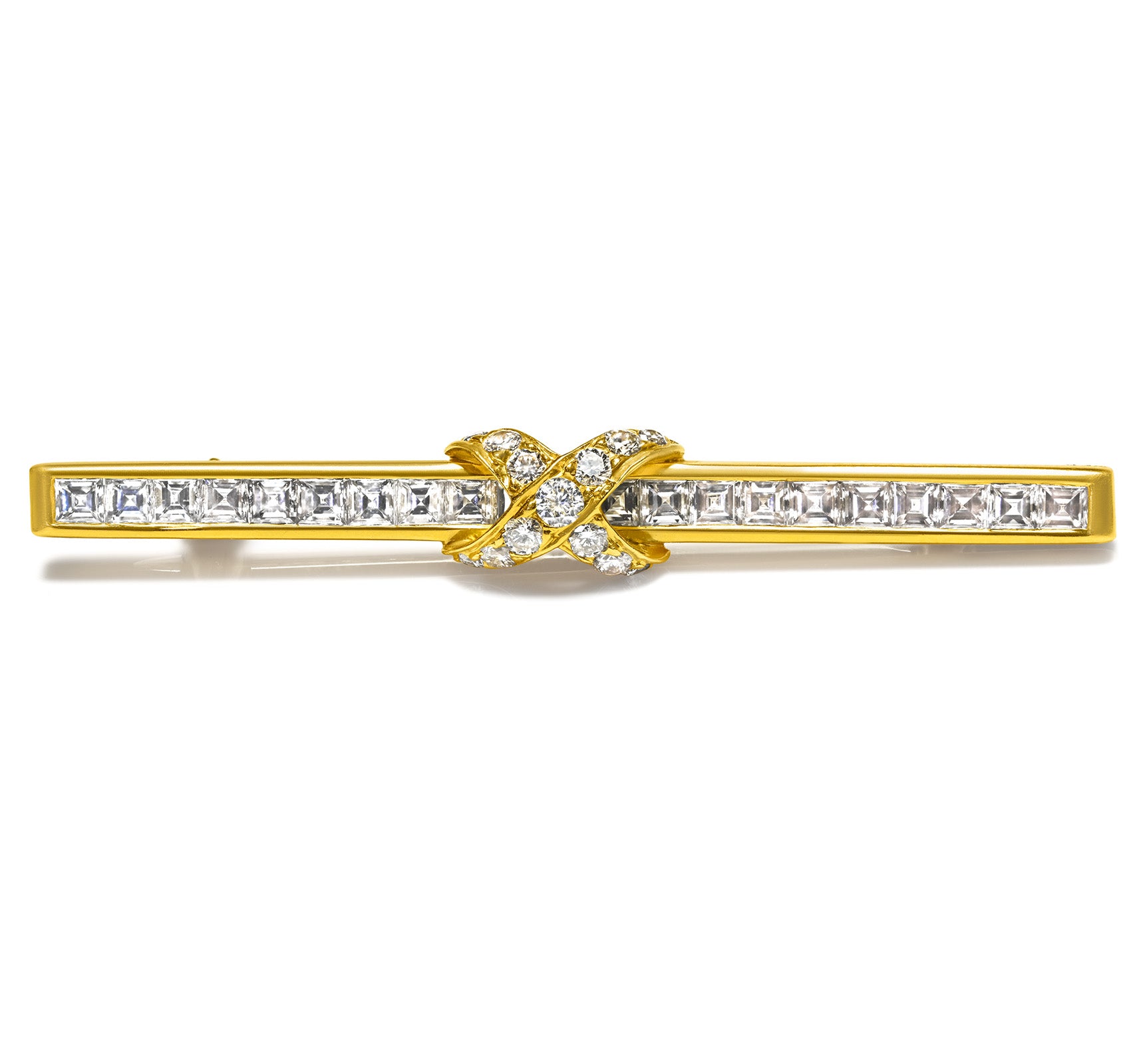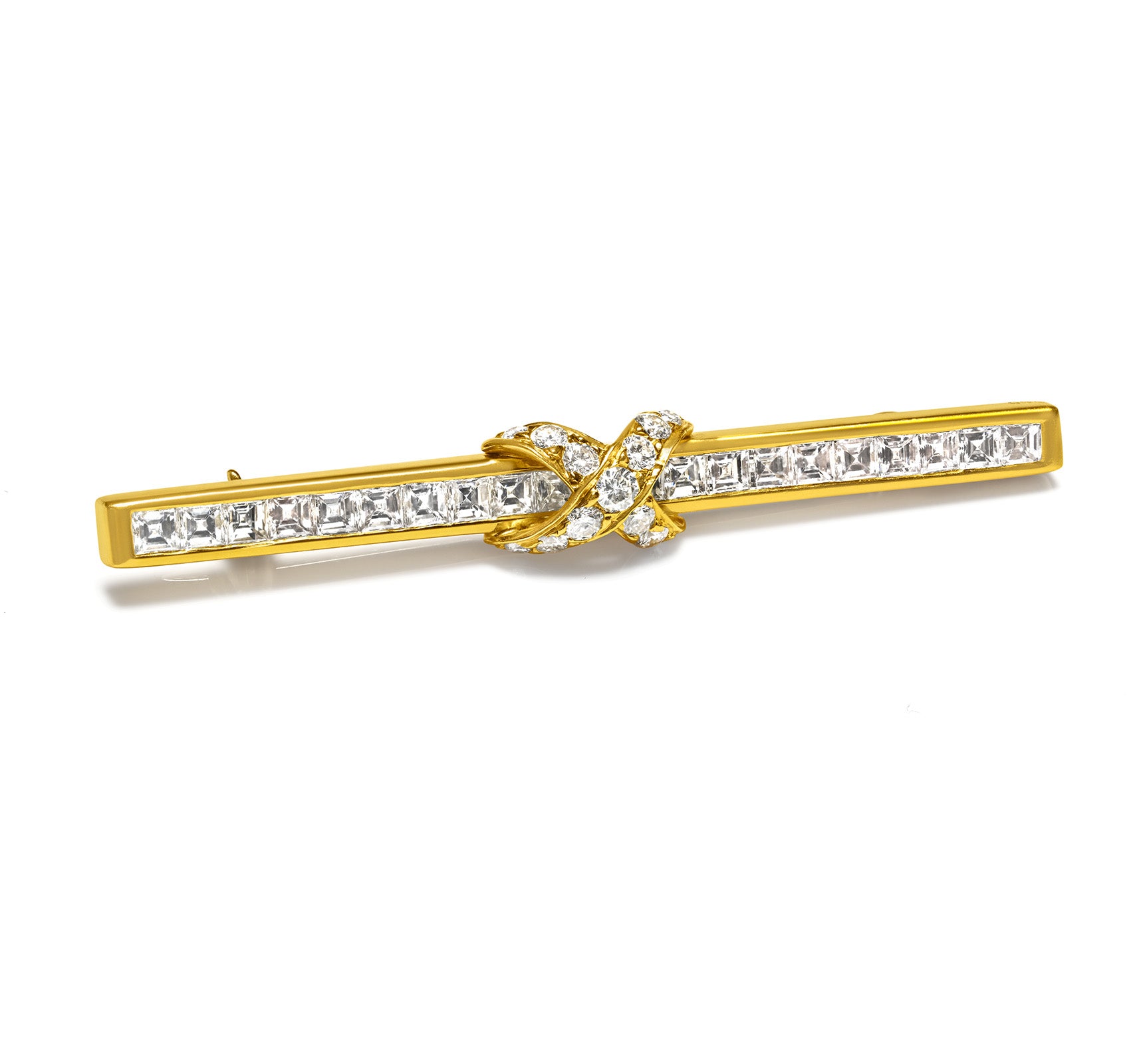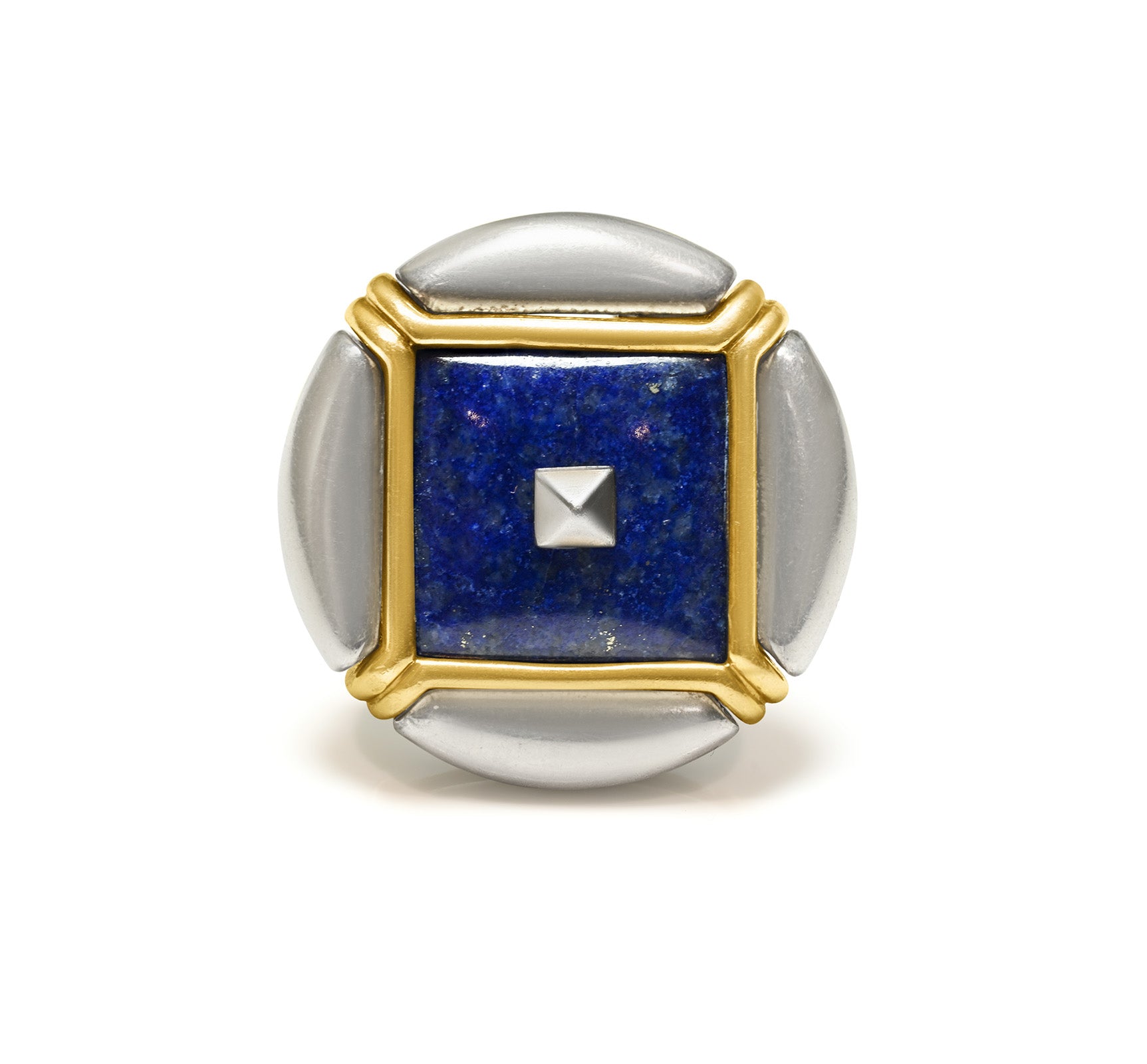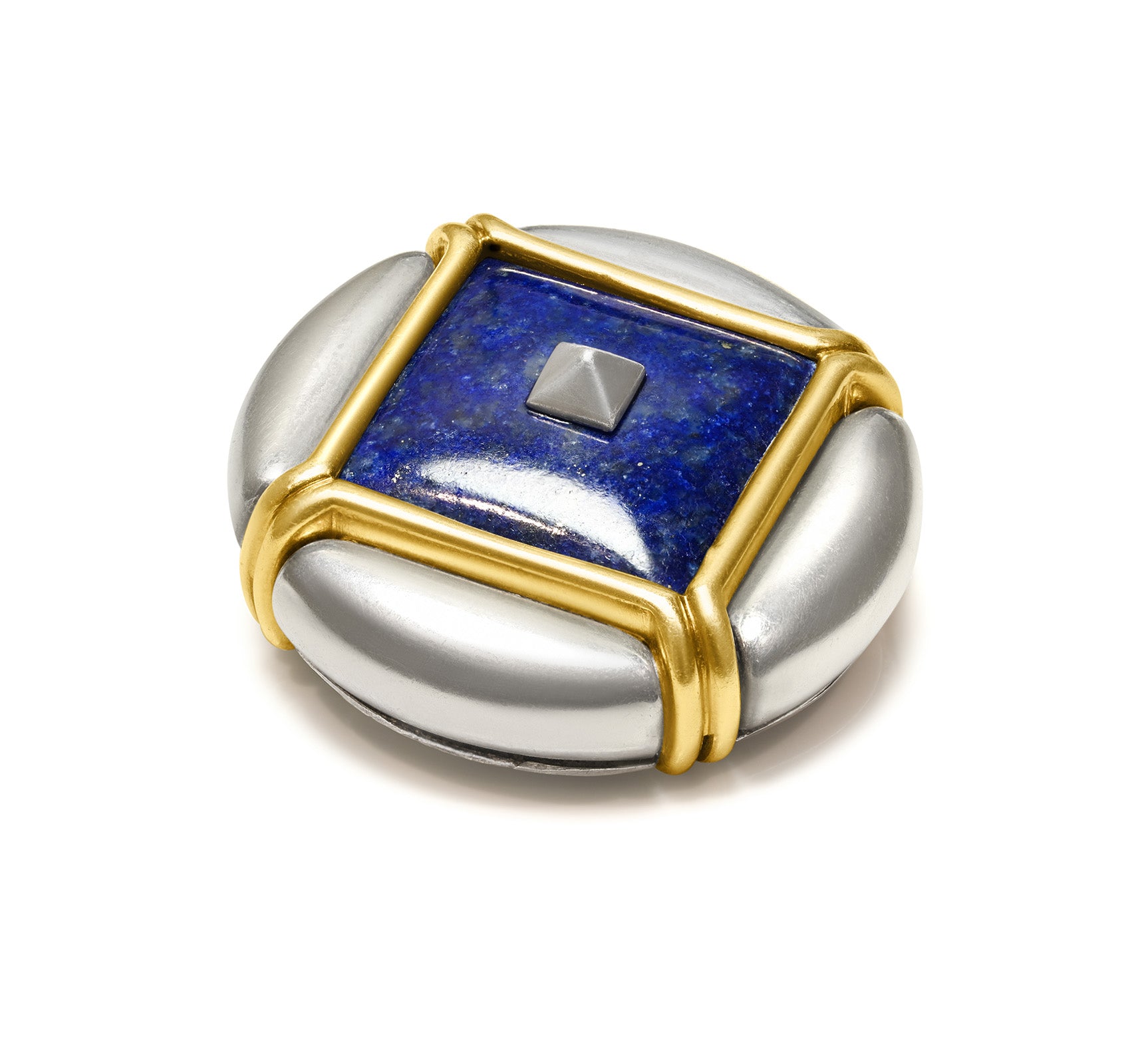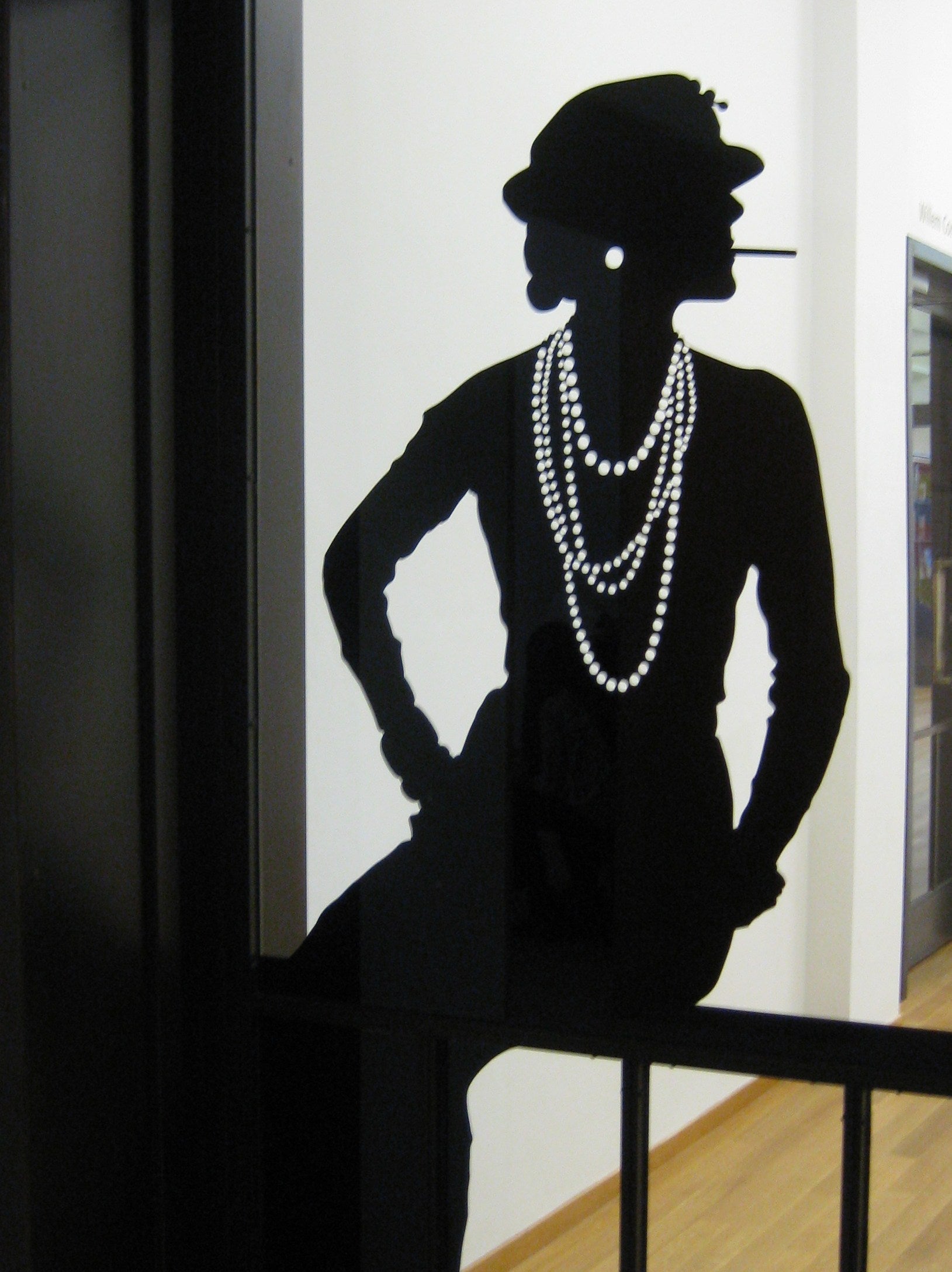
The Fascinating History Of Women's Suits
A perfectly fitting suit is an example of impeccable style and is a must-have in any woman's wardrobe. Let us explore the fascinating history of the women's suit.
Although these types of women's clothes don't date back to the 1600s like men's suits do, the women's suit still has a glamorous, boundary-defying history, according to News. The first notable appearance of a woman wearing a man's costume was in 1870 when actress Sarah Bernhardt began wearing "boys' clothes" in public.
At the time, a woman wearing a man's costume was scandalous, but this controversy didn't stop the famous actress from continuing to challenge the standard opinions about fashion.
Chanel - Key Figure In The History Of Women's Suits
By 1910, women became more active and wanted to give up some of the ideals of the 1800s. They wanted less restrictive women's clothing. That's how the suffragette costume came about. This predecessor of the modern skirt suit was the opposite of the popular hobble skirt, part of the common fashion of the time, which was so narrow at the ankles that it forced the wearer to take only very small steps.
The suffragette costume was inspired by the famous designer Gabrielle "Coco" Chanel. As the most famous designer to make costumes for women, Coco Chanel gained popularity in the First World War by eschewing corsets and is credited with making the first truly feminine costume. Unlike its predecessors, Chanel's suit had a glamorous and feminine design.
Then came the Jazz Age, when women began to wear trousers for leisure activities, particularly tennis, horse riding, and cycling. Up to that point, and even afterward in many places, a woman wearing trousers was considered to be dressed like a man and was often very harshly criticized.
Eleanor Roosevelt - The First First Lady To Wear Trousers
In 1933, Eleanor Roosevelt became the first First Lady to wear trousers to an official event. She was out riding and didn't have time to change before hosting the annual White House Easter egg event. Although her choice of attire was haphazard, she embraced the unconventional outfit by posing for a series of photos.
Actress Marlene Dietrich effectively transformed international perceptions and women's dress code with her films Morocco (1930), Blonde Venus (1932), and Seven Sinners (1940), wearing a tuxedo and white suits. Her frequent choice of pantsuits, both in her professional and personal life, coincided with designer Marcel Rochas, who created the first pantsuits for women.
A New Avenue In The Fashion World
In 1939, Vogue published its first issue featuring women in trousers. By the 1940s, Katherine Hepburn, the most powerful screen actress at the time, had joined the movement. Because of her highly publicized preference for wearing pants, the actress helped solidify pants as part of a woman's everyday wardrobe.
The costume temporarily declined in popularity after World War II, when many women returned to traditional domestic roles after the massive influx of women into the workforce during the war. The House of Christian Dior embraced the 1950s housewife look, with slim waists and full skirts.
In the 1960s unprecedented numbers of women joined the workforce and the suit returned to trend.
The Yves St Laurent Suit
In 1966, Yves Saint Laurent launched his "Le Smoking" suit. This feminine tuxedo was so controversial at the time that many hotels and restaurants did not allow women to wear it on their premises.
Then, in 1971, Bianca Pérez-Mora Macías married Mick Jagger and mesmerized the world in a white Le Smoking outfit by Yves St Laurent that went down in bridal history.
By the 1980s, the percentage of women in the workforce had risen to over 50%, and the decade became known for the iconic "power suit". In 1993, Senators Barbara Mikulski and Carol Moseley-Braun led the motion to repeal the ban on women wearing pants in the Senate.
Since then we have seen an unprecedented increase in the presence of women in business, politics, and sports. We've also seen an increased focus on women's rights with the #TimesUp and #MeToo movements and a record number of women running large companies.
Not surprisingly, women's clothing is also getting renewed attention in the fashion world. Many designers have introduced updated collections aimed at women in the professional world.
Cover Photo: Coco Chanel / Marion Golsteijn, CC BY-SA 3.0, via Wikimedia Commons



